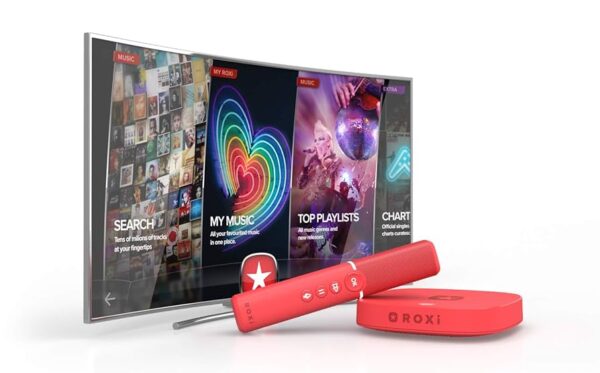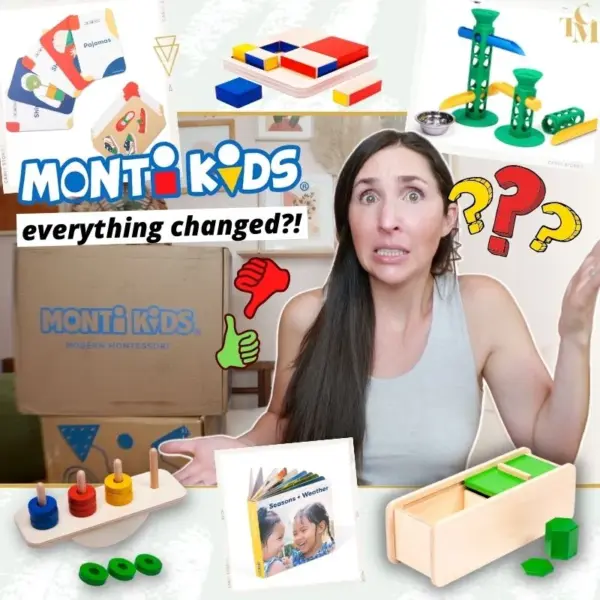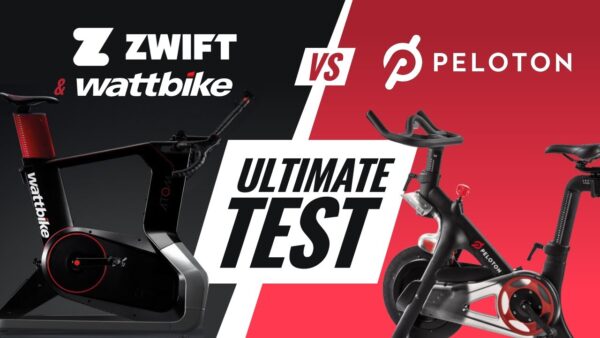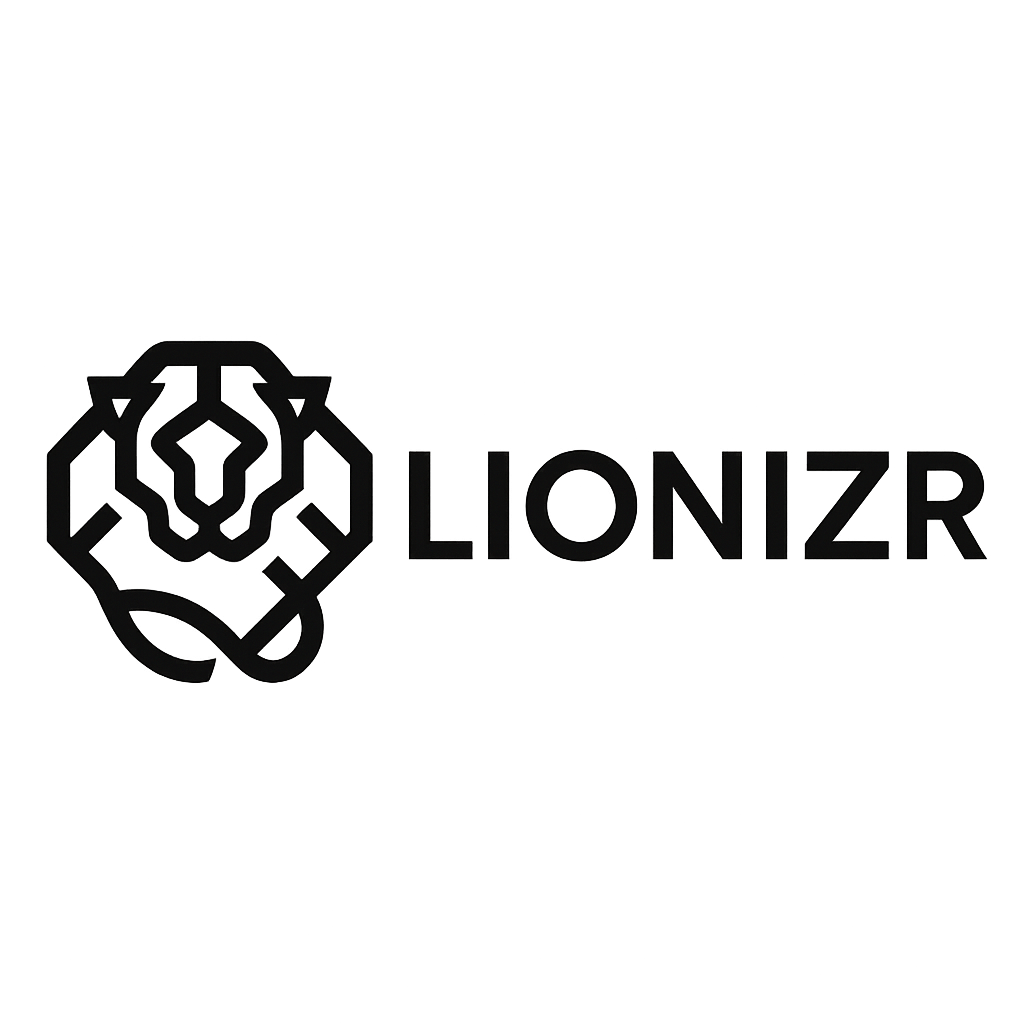Don't Leave Growth On The Table
When brands think about growth, they often start with media spend, creative campaigns, or channel expansion. Yet, one of the most decisive levers for growth is usually ignored: pricing.
Pricing is not just about numbers. It’s about perception, positioning, and profitability. A 1% shift in price can create a much greater impact on margins than almost any other optimisation. Yet too often, brands avoid testing or adjusting pricing for fear of losing customers – when in reality, not testing means leaving growth on the table. Heading into Q4, pricing will be your biggest opportunity, and if you’ve not tested pricing, my advice is to start now before it’s too late.
Why Pricing Matters
The right pricing strategy does more than generate sales – it influences how customers perceive value, how likely they are to convert, and how much they’ll spend over time. I’ve seen examples where a more expensive price position has negatively impacted the short-term revenue, but improved customer retention. Or, where a complete overhaul to the subscription pricing doubled revenues in 12 months. And with Black Friday fast approaching, there are multiple pricing tactics that could be the difference between winning and losing, not just in the short term, but the long term too. The good news is that pricing isn’t a one-size-fits-all exercise. There’s a broad spectrum of strategies from advanced elasticity tests to simple promotional levers that brands can experiment with today.
Here are examples worth considering:
1. Elasticity Testing
Test different price points to understand how sensitive customers are to change. This doesn’t just reveal where demand drops – it also shows how margin, media efficiency, and long-term profitability are impacted.
2. Tiered Pricing
Introduce different tiers to capture a wider audience. A lower entry point draws hesitant customers in, while higher tiers or upsells drive revenue growth.
3. Flexible Payments
Offer instalment plans or “buy now, pay later” options. By lowering the upfront cost, you widen your funnel without reducing the overall price point.
4. Psychological Pricing
£9.99 vs £10.00 – a small shift can increase conversion.
Anchoring: showing a higher-priced “premium” product makes your standard offer feel more affordable.
5. Free Shipping Thresholds
Encourage customers to spend more to unlock free shipping – increasing average order value (AOV) while improving conversion.
6. Bundles & Add-Ons
Group products together at a slight discount, or introduce add-on items at checkout. This both raises AOV and makes the purchase feel like greater value.
7. Promotional Mechanics
Classic strategies still work when used sparingly:
Buy One, Get One Free (BOGOF)
Free gift with purchase
Limited-time discounts
The key is to use promotions to nudge behaviour, not as a default lever that erodes margin.
8. Dynamic Pricing
Common in travel, hotels, and events – adjusting prices based on demand or inventory. Increasingly, consumer brands are applying similar logic, e.g. charging more at peak periods or offering discounts to move slower stock.
9. Freemium & Trial Models (B2B SaaS)
Offer a free version with limited features, then upsell to premium tiers. This reduces friction and allows customers to experience value before committing.
10. Value-Based Pricing
Instead of pricing based on cost-plus, set pricing according to the perceived value your product or service creates. This is especially powerful in B2B SaaS, consultancy, or services where ROI can be quantified.
Real World Examples
Here are some examples of price testing I’ve done over the last few years to help highlight its importance.

ROXi – Testing Elasticity to Balance Conversion and Margin
ROXi, a subscription-based music entertainment service, faced a challenge common to many subscription businesses: at what point does price stop driving adoption and start hurting margin?
To answer this, I designed a pricing elasticity test that measured not only the propensity for consumers to purchase at different price points, but also how those changes impacted profitability. We didn’t stop at acquisition – we tied the analysis to media efficiency ratio (MER), ensuring every pound spent on marketing drove sustainable ROI.
The outcome was clear: pricing strategy wasn’t just about revenue; it was about ensuring that customer acquisition costs and margins worked hand in hand. By connecting pricing tests with media efficiency, ROXi could scale growth without burning through budget.

Monti Kids – Lowering the Barrier to Entry, Increasing Lifetime Value
Monti Kids, an ed-tech subscription brand offering learning toys, had a single-tier model priced at $250 per month. While the product had strong appeal, conversion was limited – many parents considered it, but the price created too much friction.
The solution was to introduce a multi-tier pricing strategy, with a new entry-level subscription at $100 per month. This dramatically reduced the barrier to entry, converting hesitant customers into active subscribers. Once inside the ecosystem, we introduced upsells through add-ons – toy bundles, curated sets, and complementary content – which increased average order value (AOV) and helped hit overall revenue targets.
The lesson: sometimes lowering the initial commitment doesn’t reduce revenue – it creates a larger funnel of customers you can upsell and retain.

Wattbike – Flexible Payments Drive Conversion
At the other end of the spectrum, Wattbike sells high-performance indoor training bikes at a premium price point of £2,500. The challenge wasn’t value perception – athletes and enthusiasts recognised the product’s quality – but affordability. Many prospective customers wanted the bike, but the upfront cost was prohibitive.
By introducing payment instalments, we shifted the decision from a single large purchase to manageable monthly payments. The impact was immediate: conversion increased from 0.5% to 2.5%, a fivefold improvement. The pricing itself didn’t change, but by changing how customers could access it, Wattbike unlocked a much broader customer base.
Why Testing Price Matters
These examples highlight very different strategies – elasticity testing, tiered subscriptions, and flexible payments – but the common thread is the same: pricing is one of the fastest ways to unlock growth.
And it’s not limited to consumer brands. In B2B SaaS, tiered pricing (starter, pro, enterprise) is a proven way to grow adoption and expand accounts. In travel and leisure, dynamic pricing allows brands to maximise yield from peak demand. Even automotive companies have moved from outright sales to subscription and leasing models to widen their customer base.
Your Takeaway
Growth doesn’t always come from spending more on marketing. Sometimes it comes from getting smarter with how you price.
Test elasticity to find the balance between volume and margin.
Lower the barrier to entry with tiered pricing, then upsell to increase lifetime value.
Introduce flexibility with instalments or bundles to improve conversion.
Experiment with proven tactics like free shipping, psychological pricing, and gifts-with-purchase.
Pricing is not a static decision. It’s a lever that should be pulled, tested, and optimised continuously. Brands that understand this – and integrate pricing strategy into their growth plans – are the ones that scale profitably.




